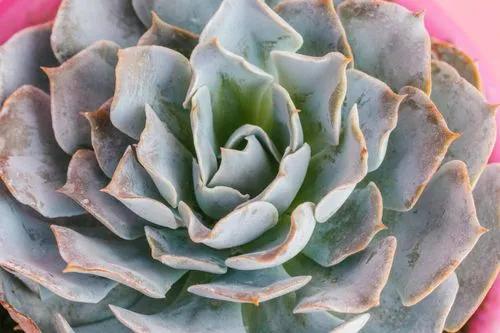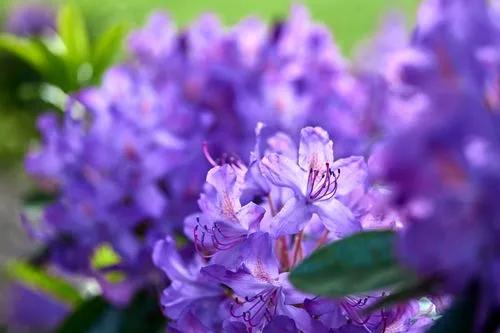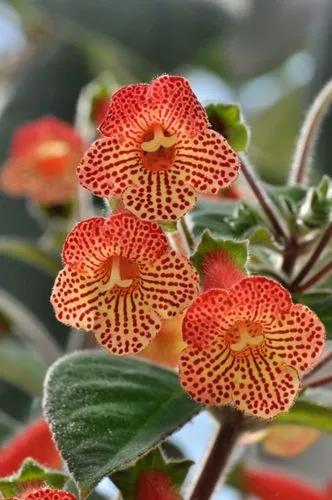Linaria repens is a short-statured herb (maximum 80 cm), spreading by rhizomes. Upper flower petals are pale with purple veins. Lower petals are pale purple-white, usually with a yellow centre. Its appearance is similar to Linaria purpurea, and the flowers closely resemble Cymbalaria muralis so care must be taken in identification.This species is found in stony wasteground, along walls, in arable situations and along railways. It grows to a maximum altitude just over 2300 metres.
It is found across western Europe and has been introduced to the east coast of the United States.
In the United Kingdom, L. repens is theorised to be an archaeophyte, i.e. introduced before 1492. It is seldom found in the east of England or in Ireland.
Pale Toadflax Care
Linaria repens



Striped toadflax (aka creeping toadflax; "repens" means "creeping") is distinctive among New England Linaria species for being a perennial that can propagate along short rhizomes. It also has pale purplish flowers with prominent purple stripes that may guide insect pollinators to the nectar tube and entice them to pollinate the plant.there is only one way to evenly divide the flower (the flower is bilaterally symmetrical)This rhizomatous perennial herb is found on rough and waste ground, stony and cultivated land, grassy banks and along railway tracks, usually on dry, calcareous or base-rich soils. 0335 m (near Brassington, Derbys.).
This plant might be poisonous
How to get rid of:
Choose an herbicide labeled for use against toadflax, and apply it according to the label instructions. Apply herbicides to Dalmatian toadflax in spring and to yellow toadflax in late summer or fall. Your local cooperative extension agent can suggest the best herbicide for growing wild toadflax control in your area.
How to Care for the Plant

Popularity

123 people already have this plant 35 people have added this plant to their wishlists
Discover more plants with the list below
Popular articles






